
Select the below Disease to get the details.
Rice Bacterial Blight:-
Symptoms:-
Water-soaked stripes on leaf blades; yellow or white stripes on leaf blades; leaves appear grayish in color; plants wilting and rolling up; leaves turning yellow; stunted plants; plant death; youngest leaf on plant turning yellow
Cause:-
Bacterium
Comments:-
One of the most important diseases of rice; disease found in tropical and temperate regions; greatest economic impact in Asia
Management:-
Bacterial blight can be effectively controlled by planting resistant rice varieties; avoid excessive nitrogen fertilization; plow stubble and straw into soil after harvest
Category:-
Bakanae:-
Symptoms:-
Seedlings are elongated, slender and pale; seedlings are stunted and chlorotic; death of seedlings; abnormal elongation of older plants which often makes them visible as they grow taller than uninfected plants in the field; sterile plants which do not produce panicles or produce empty panicles.
Cause:-
Fungus
Comments:-
Disease transmitted through infected seed; disease emergence favored by high temperatures.
Management:-
Treating seeds with appropriate fungicides prior to planting can be very effective at controlling the disease; less susceptible rice varieties should be grown in areas where fungicide-treated seed is not available.
False smut
Symptoms:-
The pathogen infect the rice plant during flowering stage and causes chalkiness of grain. The individual grains were covered with orange fungal mass in the beginning, later turns into greenish velvet color during sporulation stage and finally into charcoal black during spore maturation stage. It infect only few grains in spikelet. Recorded disease loss up to 75% in severe incidence. It also reduces market value of rice.
Cause:-
Fungus
Comments:-
It is seed born disease and may also affect seed germination.
Management:-
Treat seeds with hot water (52 C) for 10 min. Roughing the infected plants from field and from harvested grains. Keep the rice field and surrounding clean. Use resistant varieties. Maintain humidity in field by alternate wetting and drying.